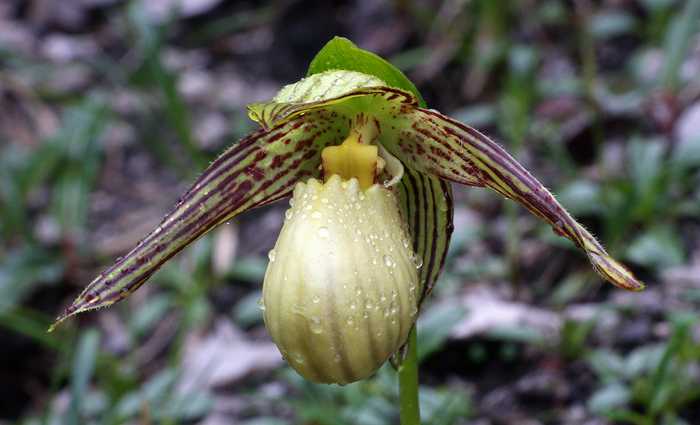I'm glad you all enjoyed it. I'll be doing "spotlight" videos on a number of species of orchid from the trip in the coming weeks/months. Each will also have a corresponding article on my blog, so keep tuned.
By the way it could be in nature like in my garden, my plants dont flower every year, so maybe they need even longer in nature to flwoer again.
I can't say for sure about that, but I did see more than one plant that had a seed pod from the previous season, including a rare double flowered specimen (seen in the video). If it can set seed one year and then produce two flowers on the same stem the next, I'd say the plant wasn't adversely effected by setting seed.
Cool. Hopefully artificially propagated plants can one day re-populate the native locales.

Not likely Eric. The plants that Holger produces (and he's the only person who is doing this in China) are to be sold. He has a number of C. farreri for sale this fall, blooming sized, but true seedlings, so don't expect all of them to flower next season. The price won't be cheap.
In some ways the story is similar to Cyp kentuckiensis living in unstable habits being re-arranged by flood waters. This area looks like it should be amenable to landslides.
From what I've seen of Cyps in the wild, and indeed terrestrial orchids in general, is they prefer or even need disturbance of some kind to thrive. Of course that is a generalization, but seems to hold true for most Cyps. The plants I saw in these mountains are probably covered up by slides all the time. I saw one C. tibeticum clump growing literally in a slide area, half covered in new rocks, but thriving nonetheless. Pretty cool.
Also, Cyps are usually mimicking some other flower to trick local pollinators into taking care of their needs for free. With such a dearth of companion vegetation, what would be around to pollinate this species? Seed pods either mean successful pollinating or lack of pollinators have driven it to a selfing mode (contributing to rarity).
Well, the video doesn't show that there are flowering plants virtually everywhere in the surrounding areas. C. farreri just seemed to like to grow above and away from other vegetation, but certainly within reach of many pollinators. I saw plenty of seed capsules from last season on many Cyps. It is interesting to note that the natural hybrid between this species and C. tibeticum (C. x wenqingiae) also occurs at this site - proving that cross pollination is taking place.





